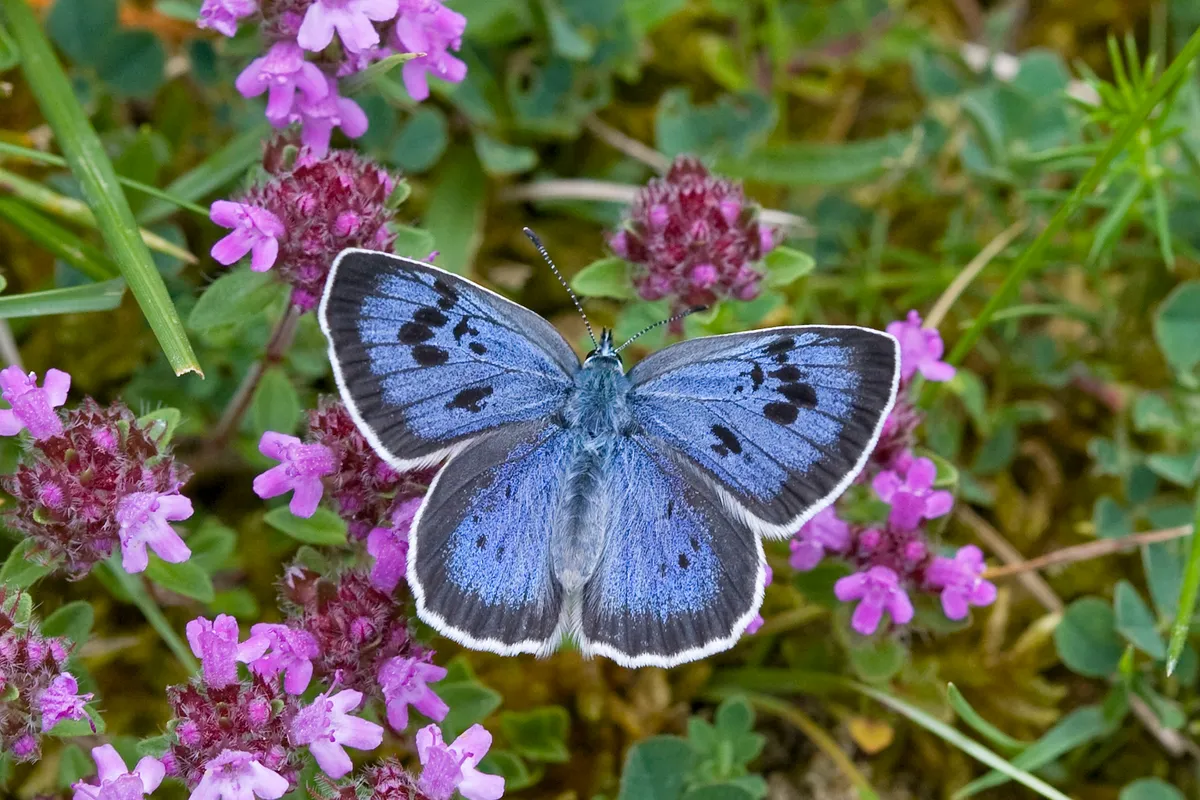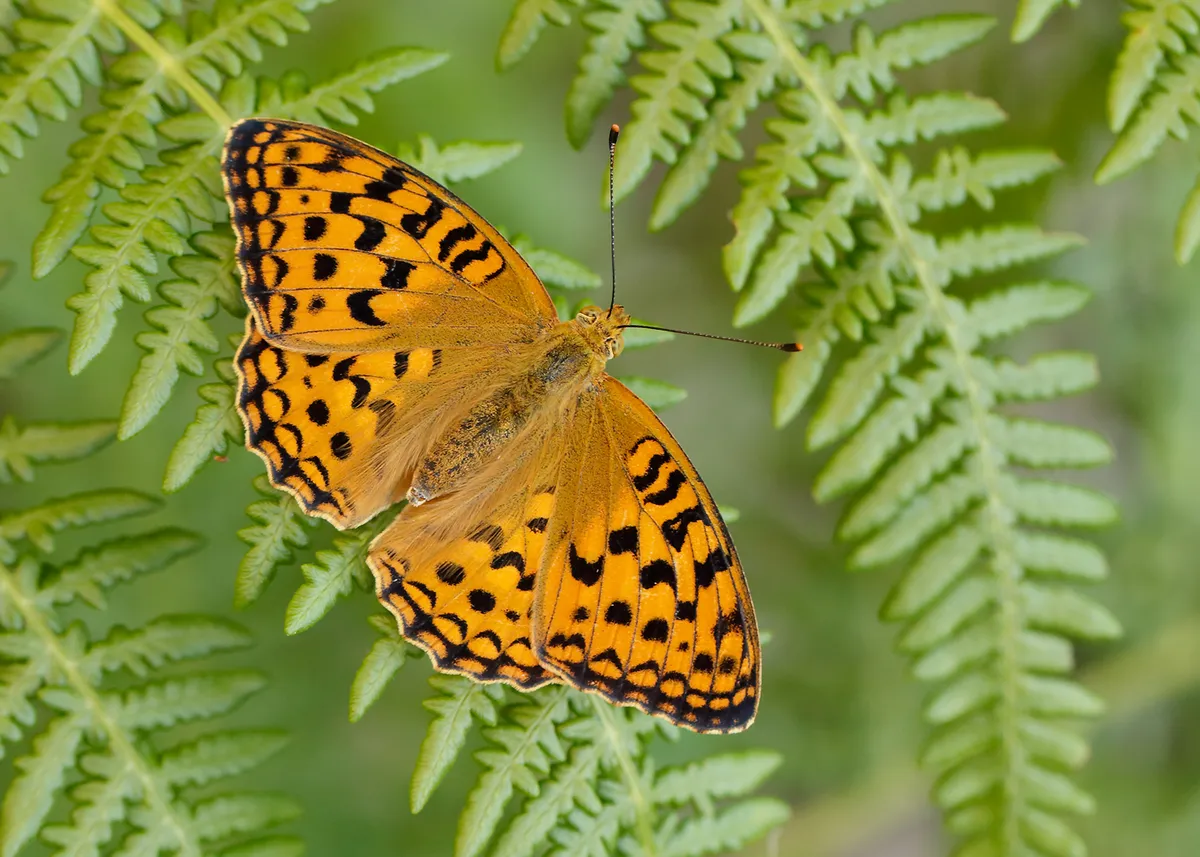Butterfly Conservation has revealed that there has been a 26% increase in the number of butterfly species threatened with extinction.
A new Red List has been published in Insect Conservation and Diversity, with 62 UK species of butterfly assessed. Of those, four are classed as being extinct in Britain, with 24 threatened (including eight that are endangered) and five considered to be near threatened.
The four species that are considered to be extinct in the UK are the black-veined white, large tortoiseshell (pictured below), large copper and mazarine blue butterflies.

The data was gathered by volunteers through the UK Butterfly Monitoring Scheme and Butterflies for the New Millennium recording schemes, and assessed by scientists from Butterfly Conservation.
The risk of extinction for these butterfly species is increasing, with the numbers of threatened butterfly species having increased since the last time data was published in 2010, based on assessments up to the year 2004.
The impact of climate change is said to be notable from these findings, with all four butterfly species (large heath, Scotch argus, northern brown argus and mountain ringlet) that are distributed in the north of the UK – and therefore having adapted to cooler or damper climates – having now been listed as threatened or near threatened.
“Shockingly, half of Britain’s remaining butterfly species are listed as threatened or near threatened on the new Red List,” says Dr Richard Fox, head of science for Butterfly Conservation.
“Even prior to this new assessment, British butterflies were among the most threatened in Europe, and now the number of threatened species in Britain has increased by five, an increase of more than one-quarter. While some species have become less threatened, and a few have even dropped off the Red List, the overall increase clearly demonstrates that the deterioration of the status of British butterflies continues apace.”

Some species' statuses have improved. For example, the large blue (pictured above) has moved from critically endangered to near threatened, following a highly successful reintroduction programme and ongoing conservation work. The high brown fritillary (pictured below) is also no longer critically endangered and is considered endangered instead, thanks to intense conservation work. The pearl-bordered fritillary and Duke of Burgundy have moved from endangered to vulnerable.

“Where we are able to target conservation work, we have managed to bring species back from the brink, but with the extinction risk increasing for more species than are decreasing, more must be done to protect our butterflies from the effects of changing land management and climate change,” adds Dr Fox.
“Without action it is likely that species will be lost from Britain’s landscapes for good, but Butterfly Conservation is taking bold steps to improve key landscapes for butterflies and reduce the extinction risk of many threatened species.”
The full Red List compared to the species' previous categories:
ArrayComparison with previous Red List:
ArrayMain image: Small blue butterfly. © Iain H Leach
